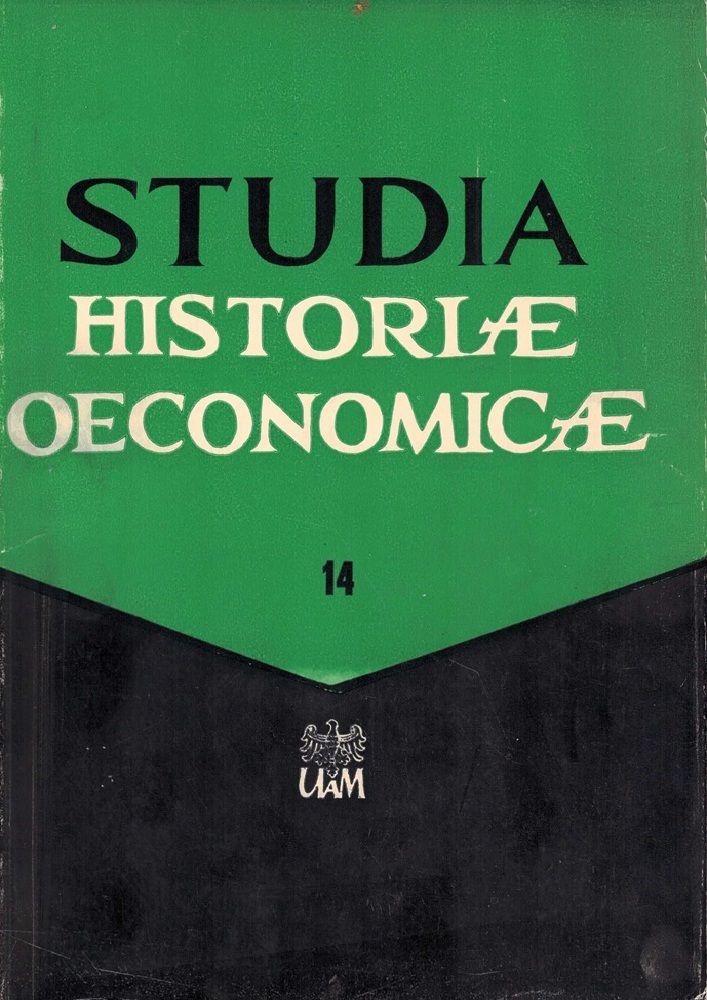Abstract
The liberation of the Polish lands was the result of two Soviet military operations. The first of these operations took place in June and July 1944 and liberated the areas situated East of the Vistula and Narew rivers. The second—January 1945 operation—liberated the rest of the lands belonging to Poland, prior to the Second World War. On the 26th of July 1944, the Polish National Liberation Committee and the Soviet Army's High Command signed an agreement concerning the taking over by the Polish administration of lands lying West of the so-called "Curzon line". The problem of the West borders was left open and was finally solved as late as the end of July 1945. And so, The West and North lands (then called "the Recovered Lands") were attached to Poland in the second half of July 1945. Thus, the part of the country, which we consider to be the subject of the present deliberation, stretched from the Soviet Western frontier up to the Western frontier of the Second Polish Republic. It is worth noticing, that the Polish Eastern boundary was fixed in result of an agreement signed in Moscow between Poland and the USSR on the 16th of August 1945, and our Western boundary was settled after Potsdam between the territory of Poland and the Soviet-Occupied Zone of Germany. The latter one followed the Odra and Nysa Łużycka rivers, with Szczecin and Świnoujście falling to Poland.
License
Copyright (c) 1979 Andrzej Jezierski
This work is licensed under a Creative Commons Attribution-ShareAlike 4.0 International License.





